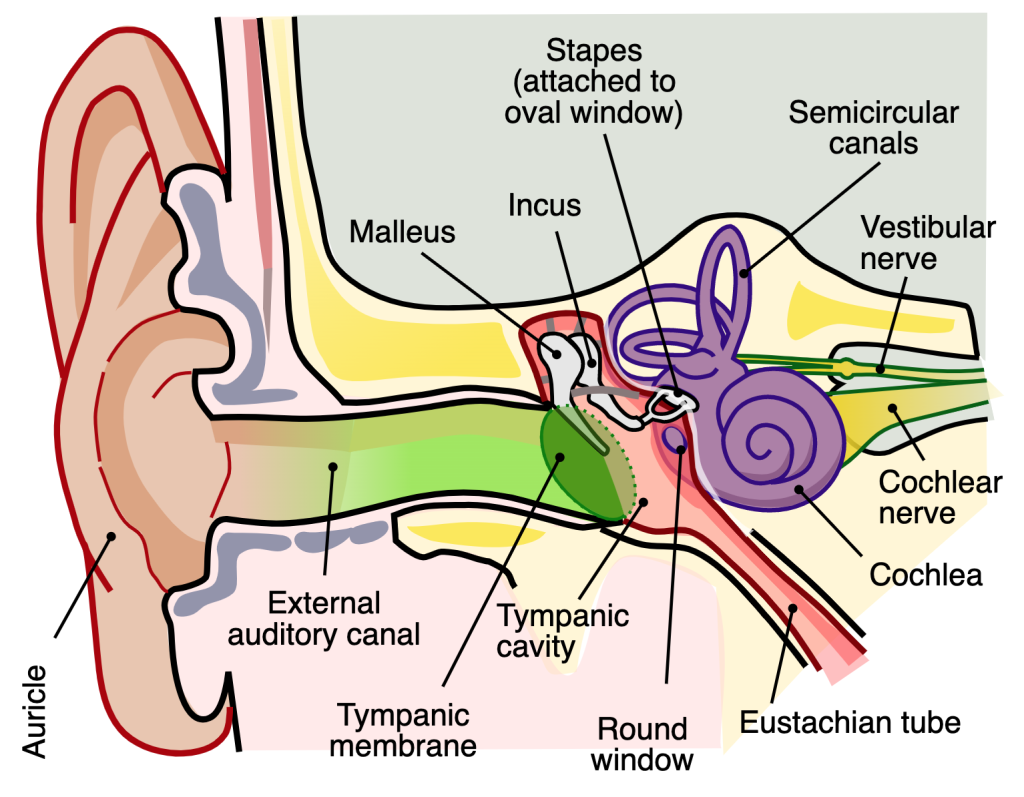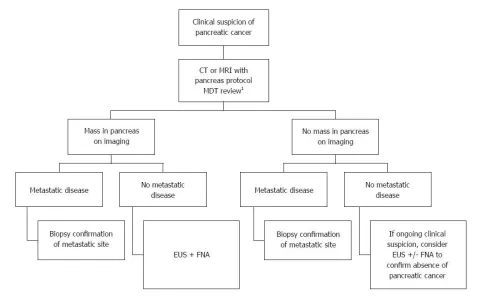Acoustic neuroma, also known as vestibular schwannoma, is a rare noncancerous tumor that develops from the Schwann cells of the vestibular nerve, which plays a crucial role in balance and hearing. This condition, while benign, can pose serious health risks as the tumor grows and exerts pressure on surrounding nerves and brain structures. Recognizing the acoustic neuroma symptoms, such as gradual hearing loss and balance issues, is vital for early diagnosis and intervention. Treatment options, including surgery and radiation therapy, are available, and the latest research on acoustic neuroma continues to improve outcomes for patients. Understanding the nuances of acoustic neuroma diagnosis and recovery is essential for those affected and their families, providing them with the knowledge to navigate this complex medical landscape.
Vestibular schwannoma, commonly referred to as acoustic neuroma, is an uncommon tumor that originates from the nerve responsible for hearing and balance. Though classified as benign, its presence can lead to significant complications due to its location in the cranial cavity. Individuals experiencing symptoms such as unilateral hearing loss or dizziness should seek timely evaluation to facilitate an accurate acoustic neuroma diagnosis. Various treatment modalities, including monitoring, surgical options, and stereotactic radiosurgery, are available to manage this condition effectively. As ongoing studies shed light on acoustic neuroma recovery and long-term outcomes, patients can benefit from the latest findings and therapeutic strategies.
Understanding Acoustic Neuroma Symptoms
Acoustic neuroma symptoms can significantly impact the quality of life for those affected. The most common symptom is unilateral hearing loss, which often manifests gradually. Patients may find themselves straining to hear conversations or struggling to differentiate sounds in social settings. This hearing impairment can cause feelings of isolation and frustration, emphasizing the importance of early detection and intervention. Alongside hearing loss, tinnitus is frequently reported, presenting as persistent ringing or buzzing in the affected ear, which can be particularly bothersome in quiet environments.
Dizziness and balance issues are also prevalent symptoms of acoustic neuroma, resulting from the tumor’s impact on the vestibular nerve. Patients may experience episodes of vertigo, leading to coordination difficulties, which may affect their daily activities and increase the risk of falls. Headaches are another concern, often linked to increased intracranial pressure as the tumor grows. Recognizing these symptoms and seeking timely evaluation can lead to a more effective management strategy, ultimately improving the patient’s overall well-being.
Latest Research on Acoustic Neuroma Treatments
Recent advancements in the research of acoustic neuroma treatments have provided new insights into patient care and management. Traditional approaches included observation for smaller tumors, surgery for larger ones, and radiation therapy, but recent studies emphasize the importance of personalized treatment plans. Researchers are focusing on the specific needs and health status of patients, particularly the elderly or those with existing health conditions. This individualized approach can help balance the risks of treatment with the potential benefits, ultimately leading to better recovery outcomes.
Additionally, ongoing research is exploring the efficacy of novel treatments, including targeted therapies and minimally invasive surgical techniques. Clinical trials are investigating how these options may reduce the likelihood of complications associated with traditional treatment methods, such as hearing loss and facial nerve damage. With each advancement, the hope for improved management of acoustic neuroma continues to grow, underscoring the importance of staying updated with the latest findings to enhance patient care.
Acoustic Neuroma Diagnosis Techniques
The diagnosis of acoustic neuroma typically begins with a comprehensive evaluation of the patient’s symptoms and medical history. Magnetic Resonance Imaging (MRI) is the gold standard for detecting acoustic neuromas, with its ability to visualize tumors as small as 1-2 millimeters. The use of gadolinium contrast during MRI scans enhances the visibility of the tumor, allowing for a more accurate assessment of its size and impact on surrounding structures. Early diagnosis through advanced imaging techniques is crucial for effective treatment planning.
In addition to MRI, audiometric tests are often conducted to assess hearing function and determine the extent of hearing loss associated with acoustic neuroma. These tests may include pure-tone audiometry and speech discrimination tests to evaluate how well patients can hear and understand speech in various environments. By combining these diagnostic methods, healthcare providers can form a comprehensive understanding of the patient’s condition, leading to timely and appropriate treatment strategies.
Recovery Process After Acoustic Neuroma Surgery
The recovery process following acoustic neuroma surgery varies greatly among patients, influenced by factors such as the tumor’s size, the surgical approach taken, and individual health conditions. Post-operative care often includes monitoring for immediate symptoms such as dizziness, hearing loss, and balance issues, which may arise as the body adjusts to changes resulting from the surgery. Rehabilitation services, including physical therapy and auditory training, can play a significant role in helping patients regain their balance and hearing abilities more swiftly.
Most patients can anticipate a gradual return to normal activities within weeks to months after surgery, although some may experience lingering effects. It’s essential for patients to follow their healthcare provider’s recommendations regarding follow-up appointments and rehabilitation programs. Support from family members and acoustic neuroma support groups can also be invaluable during this recovery phase, providing emotional and practical assistance as patients navigate their healing journey.
Resources for Acoustic Neuroma Support and Information
For individuals diagnosed with acoustic neuroma, accessing reliable resources can be a vital part of their journey. Organizations like the Acoustic Neuroma Association offer extensive support, including educational materials, forums for patient interaction, and resources to help navigate treatment options. These platforms not only provide information about the condition but also connect patients with others experiencing similar challenges, fostering a sense of community and shared understanding.
Furthermore, staying informed about the latest research and treatment advancements is crucial for patients and their families. Websites of reputable medical institutions, such as the Mayo Clinic and Johns Hopkins Medicine, regularly update their content with new findings and treatment strategies for acoustic neuroma. By leveraging these resources, patients can empower themselves with knowledge, leading to more informed discussions with their healthcare providers and ultimately improving their health outcomes.
Frequently Asked Questions
What are the common symptoms of acoustic neuroma?
The common symptoms of acoustic neuroma include unilateral hearing loss, tinnitus (ringing in the ear), dizziness or balance issues, frequent headaches, visual disturbances, and neck pain. Recognizing these acoustic neuroma symptoms early is crucial for timely diagnosis and treatment.
How is acoustic neuroma diagnosed?
Acoustic neuroma diagnosis typically involves Magnetic Resonance Imaging (MRI), which can detect tumors as small as 1-2 millimeters. The use of gadolinium contrast enhances the visibility of the tumor and surrounding tissues, aiding in accurate assessment.
What are the treatment options for vestibular schwannoma?
Treatment options for vestibular schwannoma, also known as acoustic neuroma, include observation for smaller tumors, surgical intervention for larger or symptomatic tumors, and stereotactic radiosurgery for patients who are not surgical candidates. The choice of treatment depends on tumor size, symptoms, and patient health.
What is the recovery process like after acoustic neuroma surgery?
Recovery from acoustic neuroma surgery varies by individual but may include temporary symptoms such as dizziness or hearing loss. Rehabilitation services assist with balance training and auditory input, and most patients can expect to return to normal activities within weeks to months post-surgery.
What is the latest research on acoustic neuroma and treatment options?
Recent research on acoustic neuroma emphasizes the importance of individualized treatment plans that consider patients’ overall quality of life post-treatment. Ongoing discussions focus on balancing neurological function preservation with effective tumor management, particularly in older patients with comorbidities.
| Key Points | Details |
|---|---|
| Definition | Acoustic neuroma, or vestibular schwannoma, is a benign tumor arising from Schwann cells of the vestibular nerve. |
| Symptoms | Unilateral hearing loss, tinnitus, dizziness, headaches, visual disturbances, and neck pain. |
| Diagnosis | Magnetic Resonance Imaging (MRI) is the gold standard for diagnosis. |
| Treatment Options | Observation for small tumors, surgery for larger tumors, and radiation therapy for those not suitable for surgery. |
| Recovery | Recovery varies; most patients return to normal activities within weeks to months. |
| Resources | Organizations like the Acoustic Neuroma Association provide support and information. |
Summary
Acoustic neuroma is a benign tumor that poses serious challenges due to its potential effects on hearing and balance. Understanding the symptoms, treatment options, and diagnostic procedures is vital for effective management. Recent advancements in medical technology and individualized treatment plans enhance the prospects of better outcomes for patients. Staying informed and utilizing available resources can empower those affected by acoustic neuroma to navigate their health journey with confidence.
The content provided on this blog (e.g., symptom descriptions, health tips, or general advice) is for informational purposes only and is not a substitute for professional medical advice, diagnosis, or treatment. Always seek the guidance of your physician or other qualified healthcare provider with any questions you may have regarding a medical condition. Never disregard professional medical advice or delay seeking it because of something you have read on this website. If you believe you may have a medical emergency, call your doctor or emergency services immediately. Reliance on any information provided by this blog is solely at your own risk.








